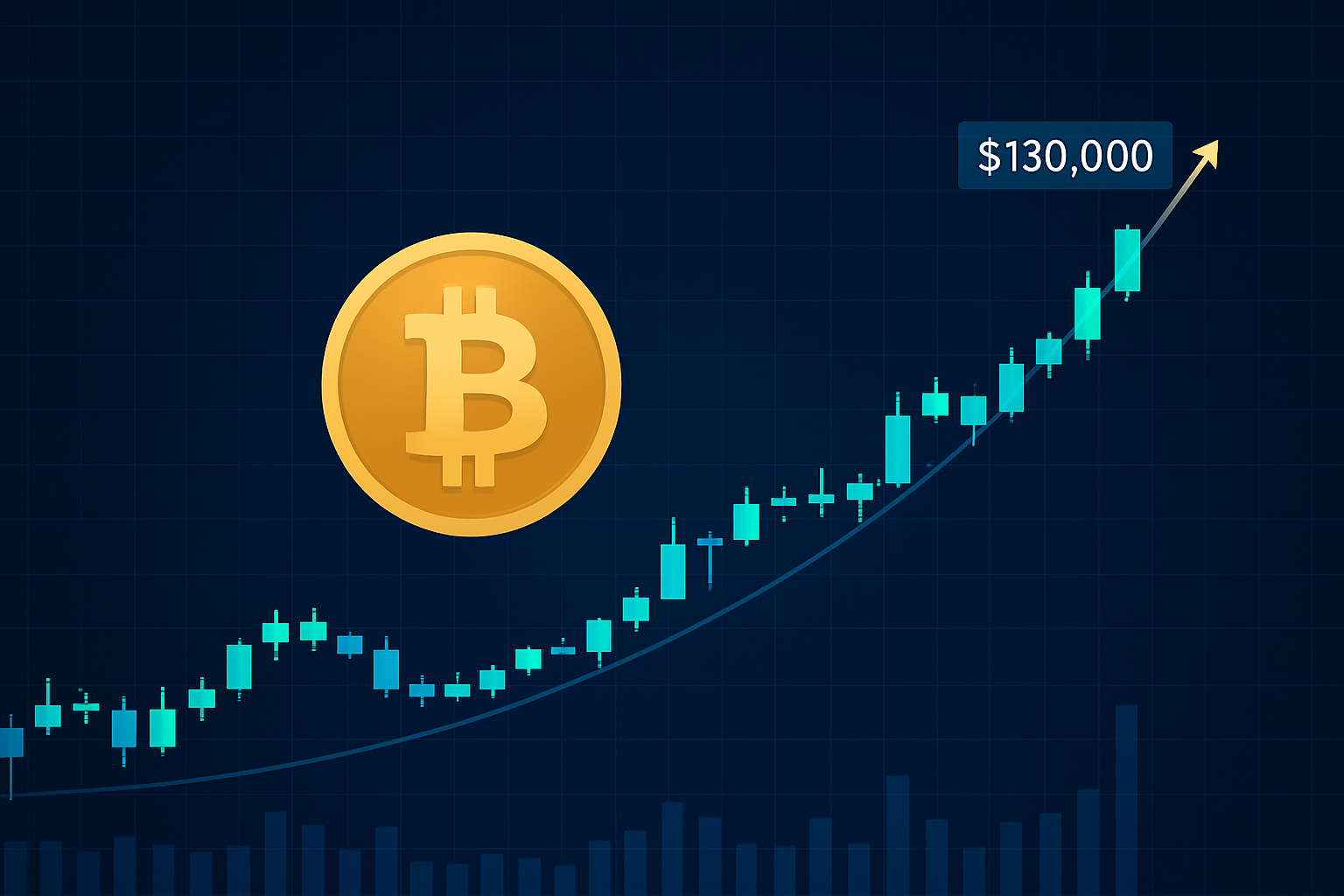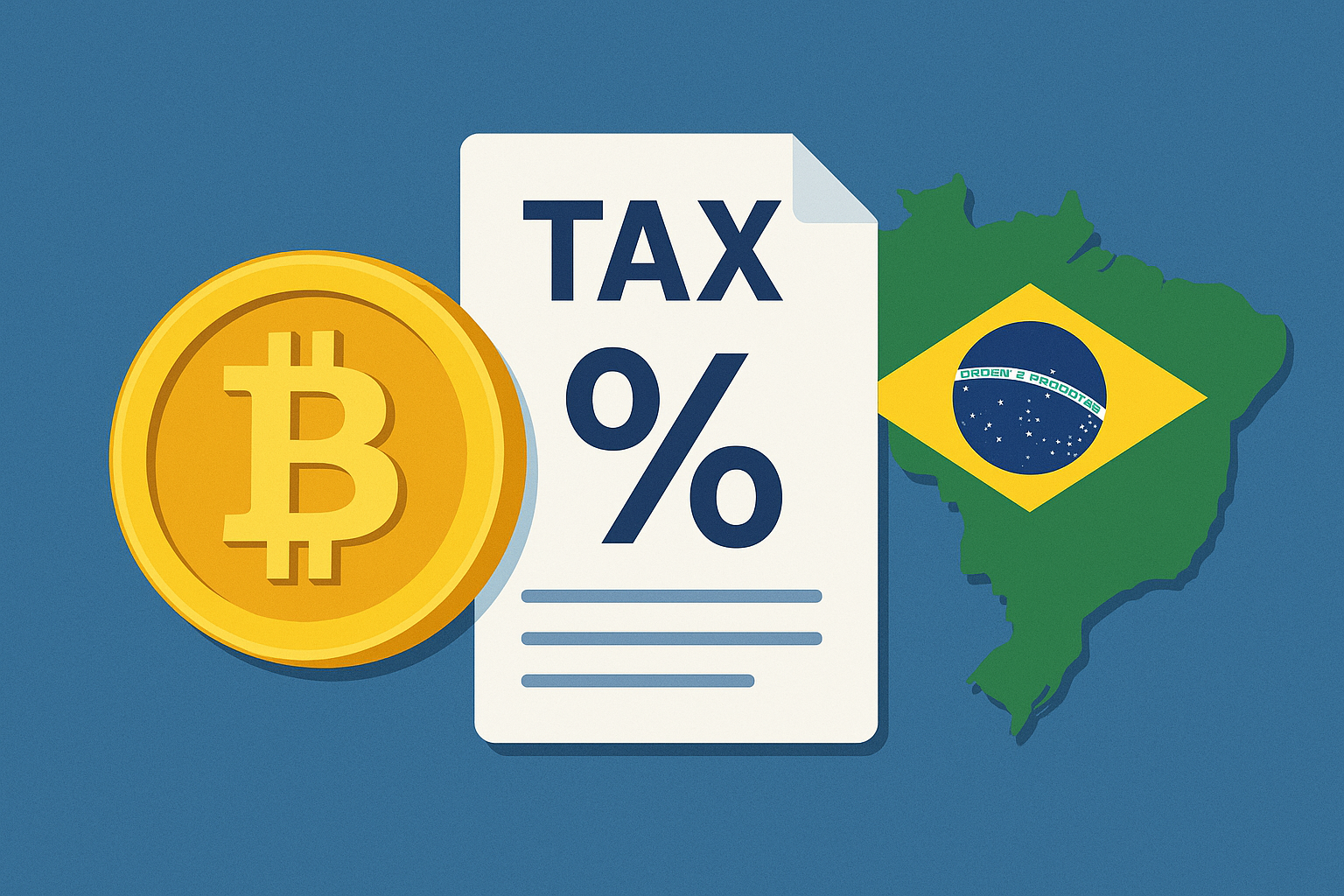Bitcoin
Bitcoin Price Soars Past $120k: Will It Break $130k Next?

Introduction
The cryptocurrency market is once again at the center of global financial attention as Bitcoin climbs past the historic $120,000 mark. This surge, led by a powerful confluence of institutional inflows, favorable macroeconomic conditions, and renewed investor sentiment, has reignited speculation on whether the world’s largest digital asset is poised to hit $130,000 in the coming days or weeks. As the market absorbs this momentum, experts are analyzing whether this upward trajectory is sustainable or if it’s a short-term rally in an otherwise volatile space.
Institutional Interest Reaches Fever Pitch
Institutional adoption has long been seen as a critical factor in the long-term sustainability and maturity of Bitcoin. In recent weeks, financial giants such as BlackRock, Fidelity, and Grayscale have reported increasing inflows into their respective Bitcoin-related investment products. MicroStrategy, one of the earliest institutional Bitcoin adopters, recently announced an additional purchase of BTC, further solidifying confidence in the asset.
These moves are not just symbolic; they reflect a deepening trust in Bitcoin as a hedge against inflation, currency debasement, and geopolitical uncertainty. This new wave of institutional adoption is being facilitated by the growing legitimacy of spot Bitcoin ETFs and custodial services regulated under established financial oversight. The accessibility and perceived safety of these platforms are helping bridge the gap between traditional finance and crypto markets.
Policy Tailwinds And Regulatory Clarity
Adding to the bullish sentiment is the recent political development in the United States. What has been dubbed as “Crypto Week” in Washington has brought renewed optimism to the market. Lawmakers are actively engaging in discussions around three major bills: the CLARITY Act, the GENIUS Act, and the Anti-CBDC Act. Collectively, these legislative efforts aim to create a clearer regulatory framework for the cryptocurrency industry.
Investors view these developments as a long-awaited sign that the U.S. is ready to embrace digital assets rather than stifle them. Regulatory clarity removes a significant layer of risk for institutional players, opening the door to more robust participation. Moreover, the public support from figures in the executive branch, including vocal advocacy for a strategic Bitcoin reserve, further fuels optimism. The prospect of a national policy leaning toward pro-Bitcoin integration into fiscal policy is no longer a fringe idea but a potentially imminent reality.
Supply-Side Dynamics And Halving Effects
Bitcoin’s price is inherently tied to its supply schedule. With the most recent halving event having taken place in April 2024, the available daily supply of new BTC has been cut in half. Historically, halvings have acted as catalysts for bull runs, and 2025 appears to be following a similar pattern.
Reduced miner rewards mean fewer coins are being introduced into the market. Combined with increasing demand, this creates a classic supply crunch. The scarcity effect, particularly when institutional players are accumulating large volumes, exerts upward pressure on price. Analysts argue that this basic economic principle remains one of Bitcoin’s most enduring bullish mechanisms.
Technical Indicators Signal Continued Strength
From a technical standpoint, Bitcoin’s chart patterns are aligning with historical bullish signals. Analysts point to the breakout above the $120,000 resistance zone as a key technical confirmation of upward momentum. The Relative Strength Index (RSI), while elevated, is not yet in the danger zone, suggesting that the asset has more room to grow before entering overbought territory.
Volume metrics have also surged, confirming that this price movement is supported by actual market participation rather than low-volume manipulation. The moving averages, particularly the 50-day and 200-day, continue to slope upward, reinforcing the trend’s strength. Should Bitcoin maintain support above $117,000 in the near term, many traders believe a rally to $130,000 is not just possible—it’s probable.
Whale Movements And On-Chain Metrics
On-chain activity also supports the bullish thesis. Recently, a Bitcoin wallet dormant for 14 years moved over 40,000 BTC. While such movements often stir panic, the fact that markets absorbed the news without a significant sell-off suggests improved maturity. Additionally, whale accumulation remains steady, and the number of addresses holding more than 1,000 BTC has increased, indicating confidence among long-term holders.
Meanwhile, exchange reserves continue to decline. This is a key bullish indicator, as it implies that more Bitcoin is being withdrawn to cold wallets for long-term storage rather than being left on exchanges for quick trading. The shift in sentiment from speculation to long-term investment is perhaps the most telling sign of where the market is headed.
Macroeconomic Conditions Favor Digital Assets
Outside the crypto ecosystem, macroeconomic indicators are also aligning in Bitcoin’s favor. Inflation remains a pressing concern in many major economies, prompting investors to look for alternative stores of value. While central banks, including the Federal Reserve, have taken aggressive stances toward interest rate hikes in previous years, the current economic data suggests that the era of tightening may be winding down.
Lower interest rates are typically favorable for risk-on assets like cryptocurrencies. Moreover, geopolitical instability, particularly in Eastern Europe and parts of Asia, continues to make Bitcoin an attractive asset for capital flight and cross-border value storage. As a stateless and censorship-resistant currency, Bitcoin thrives in uncertain environments, and 2025 has proven to be exactly that.
Media And Public Sentiment Shifting
Mainstream media coverage of Bitcoin has taken a dramatic turn. Whereas headlines were once dominated by hacks, regulation fears, and environmental critiques, the narrative has shifted to adoption, regulation, and technological progress. Coverage from reputable financial outlets such as Bloomberg, Reuters, and CNBC now frequently includes bullish commentary and data-backed analysis.
This change in tone impacts public sentiment. Retail investors who may have been cautious or skeptical are beginning to see Bitcoin as a serious investment vehicle rather than a speculative gamble. Google Trends data show a spike in search interest related to Bitcoin price forecasts and “how to buy Bitcoin,” indicating growing retail participation.
Expert Predictions: Cautious Optimism Or Unbridled Bullishness?
Experts remain divided on just how high Bitcoin can go in the current cycle. Bullish voices argue that $130,000 is only the beginning, with $150,000 to $200,000 being entirely plausible by year-end if the momentum continues. These predictions are grounded in models like the Stock-to-Flow, on-chain analytics, and macro-financial correlation.
On the other hand, more cautious analysts point to potential resistance zones ahead. Profit-taking, sudden regulatory crackdowns in non-U.S. jurisdictions, or a resurgence of inflation could put a damper on the rally. Technical pullbacks are also common in bull runs and should not be interpreted as the end of the trend but as healthy corrections.
Risks And Market Caveats
Despite the optimism, Bitcoin is not without risks. Market manipulation, regulatory surprises, and cybersecurity threats remain persistent concerns. Furthermore, if the broader economy experiences a severe downturn, even safe-haven assets could be affected due to widespread liquidity crunches.
It’s also worth noting that altcoin markets have not kept pace with Bitcoin’s rise, suggesting that capital is being concentrated rather than distributed across the crypto ecosystem. This may eventually lead to a sectoral rotation or a pause in the rally.
Looking Ahead: What Needs To Happen For $130k?
For Bitcoin to convincingly break and hold above $130,000, a few conditions must hold true. First, continued institutional demand is essential. If large players maintain or increase their positions, they will provide a solid support base for prices. Second, the political environment in the U.S. must continue to be favorable. The passage of one or more of the crypto bills currently under debate could provide a psychological and structural boost to the market.
Third, retail participation needs to continue rising. While institutions set the foundation, retail investors provide the explosive momentum. Finally, the broader macro environment must remain stable or turn increasingly dovish to support risk assets.
Conclusion
Bitcoin’s breakthrough past the $120,000 mark marks a defining moment in its journey toward mainstream financial legitimacy. This rally is not driven by hype alone, but by a confluence of powerful and reinforcing factors—most notably institutional adoption, regulatory clarity from the U.S. government, and favorable macroeconomic conditions. The legislative momentum in Washington, combined with strong ETF inflows and the consistent reduction of Bitcoin’s available supply post-halving, have all helped create an environment ripe for price discovery at higher levels.
Technical analysis, on-chain data, and whale activity all suggest that this is not a fleeting rally, but a movement with staying power—supported by real capital and growing conviction. Public sentiment, once fragile and easily swayed by fear, has matured. Retail and institutional investors alike are now positioning themselves for a future where Bitcoin is not just a speculative asset, but a permanent fixture in the global financial system.











